How To Get Up And Down From Anywhere!
Staff Writer and PGA Professional Joe Ferguson shows you how to tackle some of the more difficult short game shots...

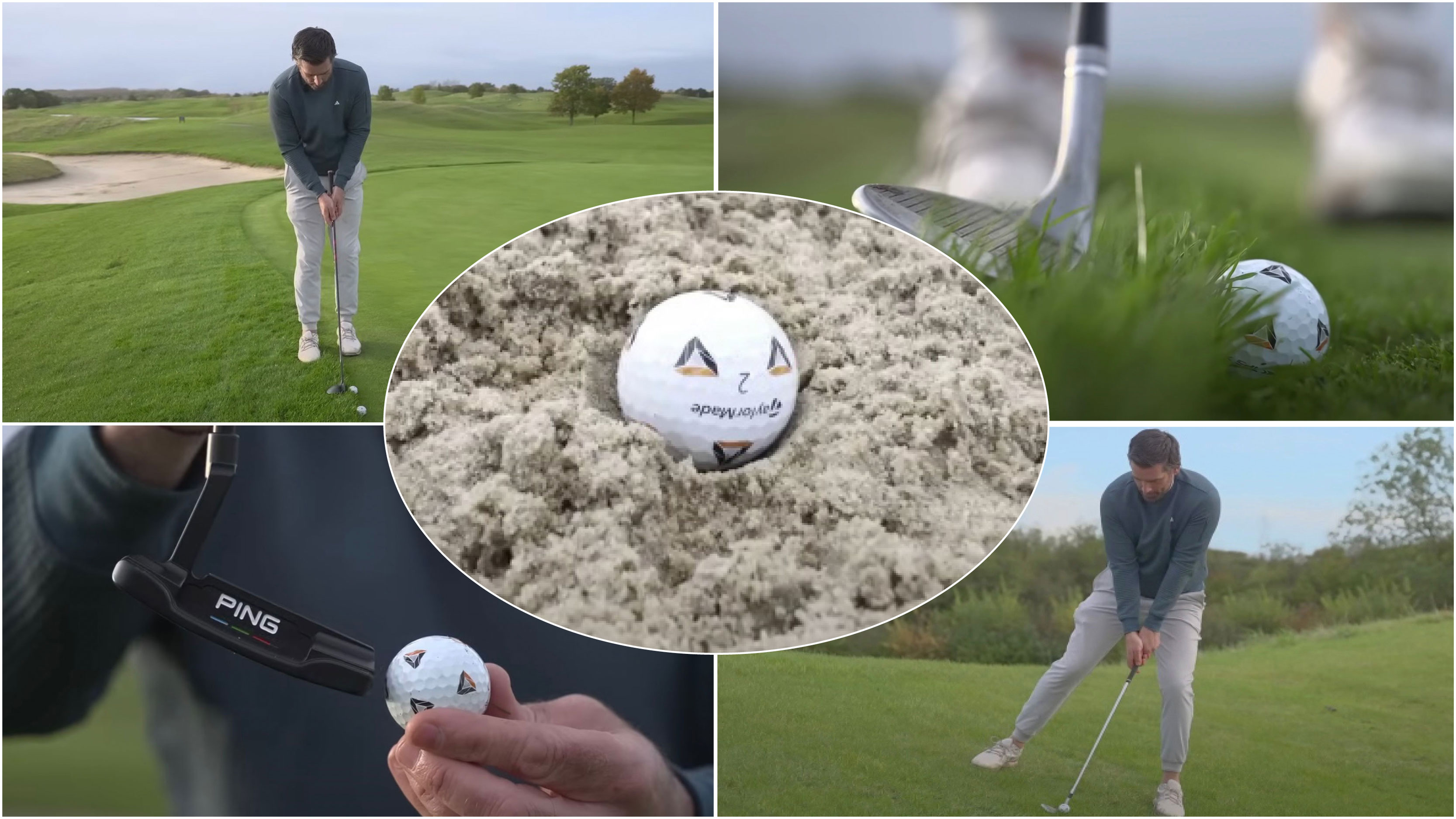
Golf is rarely straightforward, so being versatile and adaptable are key components to success. Nowhere is this truer than in the short game. When missing a green we can be presented with almost infinite scenarios to deal with and it is essential that you have the tools to cope.
In this article, I want to cover some of the more common awkward scenarios that come up and arm you with some ideas to help you get up and down more often…
Downhill lie
A very awkward proposition for any level of player, the downhill lie is something we all encounter and can cause a lot of difficulty.
The main reason it is tricky is that it automatically takes some elevation out of the shot which, if you are short-sided for example, makes stopping the ball quickly very tough. One of the most common mistakes I see on this shot is players trying to artificially create that elevation by leaning back and scooping the ball up in the air. Unfortunately, that is maybe the worst thing you can do in this situation. Leaning backwards will move the low point of your arc behind the ball which will lead to bottoming out too early resulting in fat shots.
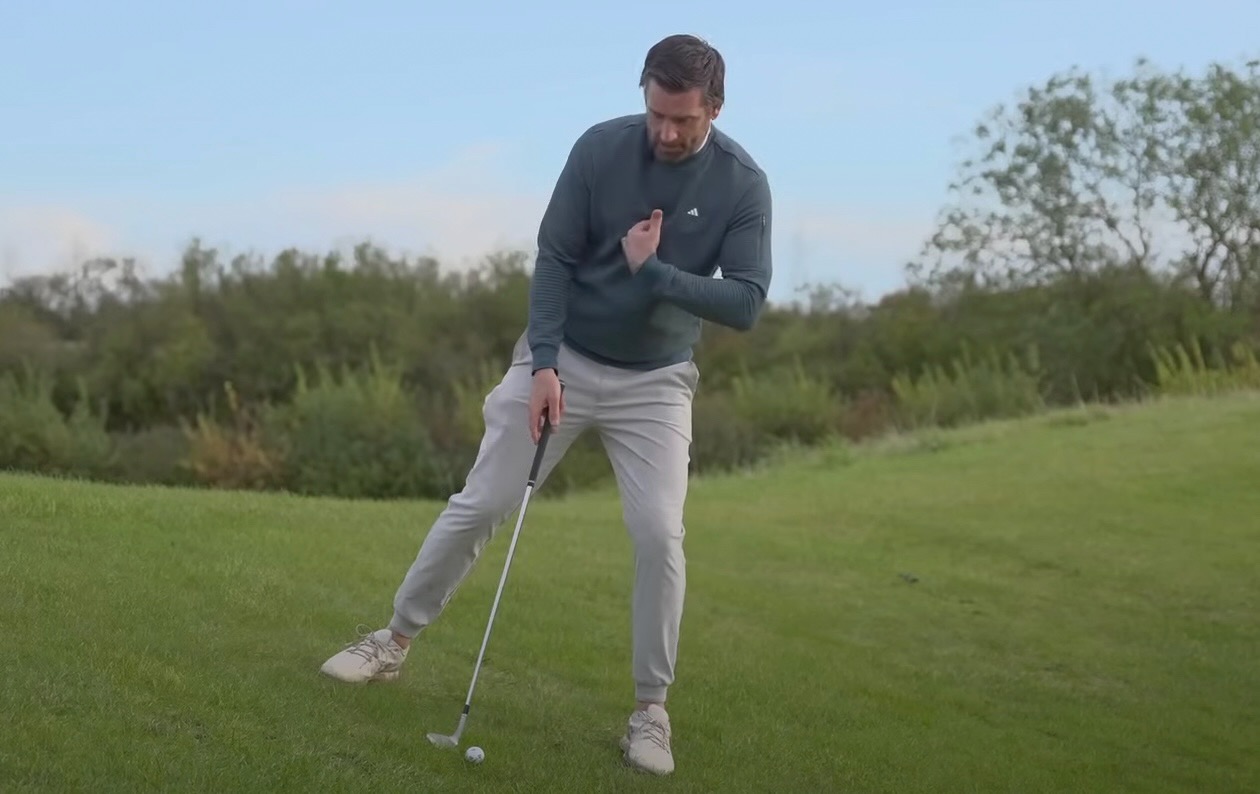
Match your body angles to the slope, don't fight it
The key here is to work with the slope as much as possible. Move your weight forward and try to match your shoulder angle to the angle of the slope. From here, swing down the slope to ensure solid contact. You will have to accept that the ball will inevitably come out lower than normal, and adjust your intended landing area and expectations accordingly.
Plugged bunker shot
An all too familiar scenario, you’ve missed the green in a bunker and as you walk up, you can only see half the ball! Time to panic right? Wrong. With a few simple adjustments to technique, you can make this shot a lot easier.
First things first, as the ball is essentially below surface level, we need to do all we can to get that clubhead underneath the ball to pop it out. The best way to achieve this is to create a steeper attack angle. In order to do this, put a little more weight than usual into your lead foot and from here we are going to pick the club up a little more vertical than usual and drive the clubhead steeply into the sand behind the ball.
Subscribe to the Golf Monthly newsletter to stay up to date with all the latest tour news, equipment news, reviews, head-to-heads and buyer’s guides from our team of experienced experts.
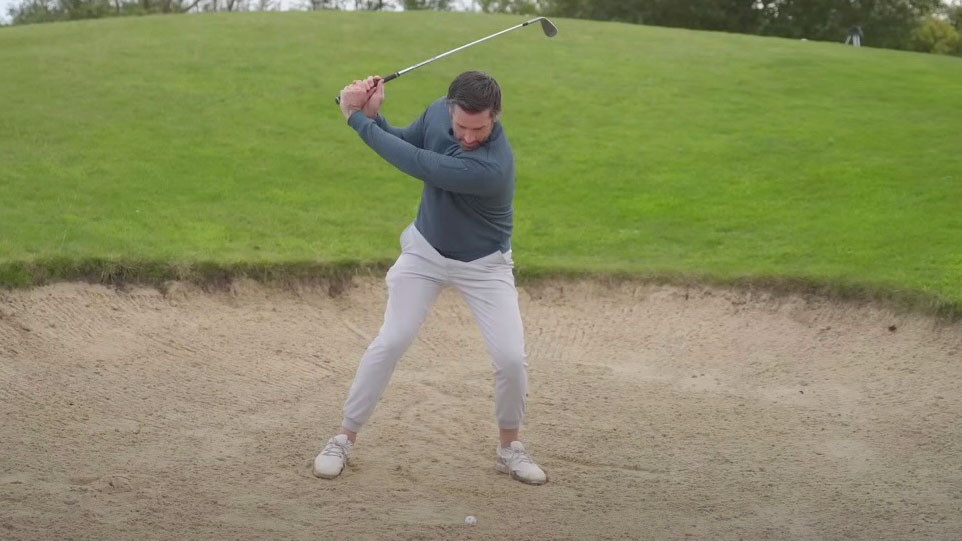
Pick the club up steeply to get out of a plugged lie
When practising this shot, experiment with your clubface angle. Some players prefer to play this shot with a square or even slightly closed face to take bounce off and help the clubhead dig more, whereas others are more comfortable opening the clubface a little to provide more elevation. To me this is dependent on strength. If you have the necessary speed and strength to still drive a clubhead under a plugged ball with the bounce exposed then absolutely, go for it. If you have a more moderate swing speed, then squaring up that clubface will help you dig it out of this tricky lie.
Flop shot
One of the more glamorous shots in the game, but one to be used with caution. I play a lot of pro-am tournaments and one of the biggest mistakes I see is handicap players walking up to a short-sided shot having already decided that they are going to flop it before they have even seen how the ball is lying. Reading lies around the green is one of the most crucial and underrated skills in golf in my opinion, and one that can only really be developed through practice and experience.
Many a time I have looked over to see a playing partner opening up the face of their lob wedge from a bare or nestled down lie, before taking a full swing and watching the ball set off like a missile 90 yards over the back of the green! They then berate their technique thinking they should be able to play that shot like the pro’s they see on TV. Well the truth is, the pro’s they see on the TV wouldn’t have even attempted the shot from that lie because solid contact would be impossible or at best highly unlikely. Instead, they would take a more pragmatic approach, square up the blade and settle for a par putt in the 10-15ft range to avoid catastrophe.
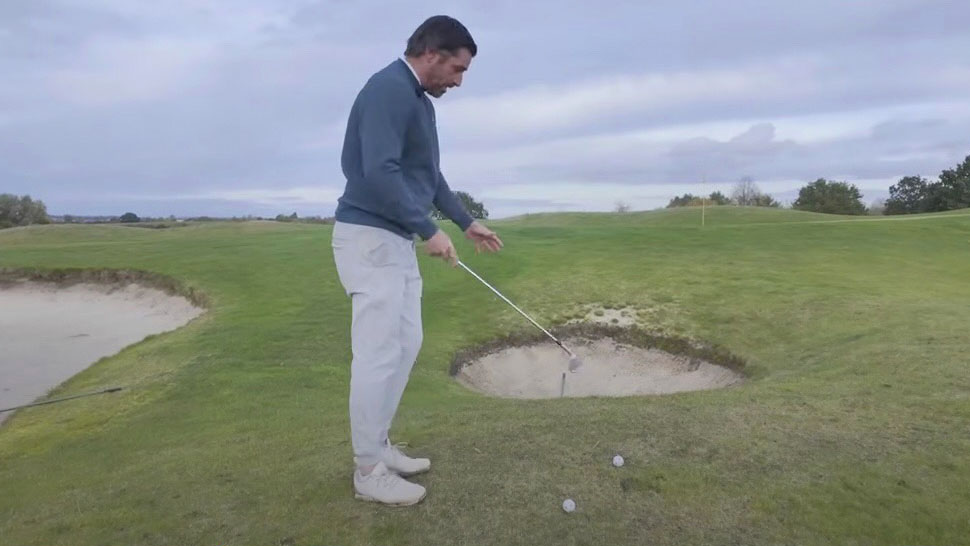
Take time to assess your lie before deciding on a flop shot
That said, if the lie permits the flop shot can be a great escape option. To play it successfully, take a nice wide stance to support what is going to be a relatively aggressive swing and then open up the clubface. The key here is to open the clubface before taking your grip, not the other way round. If you take your grip then try and manipulate the club open, it is very difficult to maintain this throughout the swing.
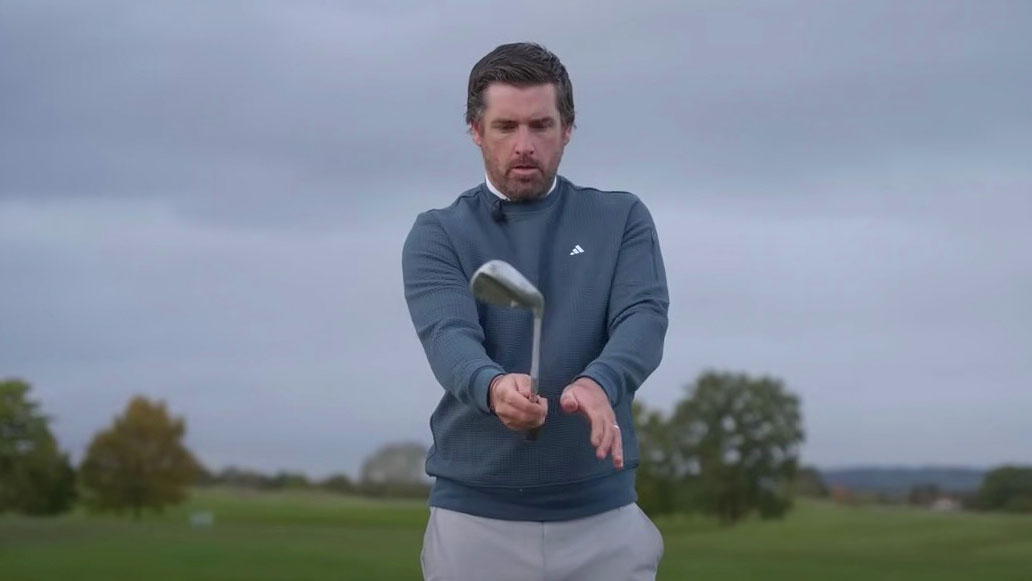
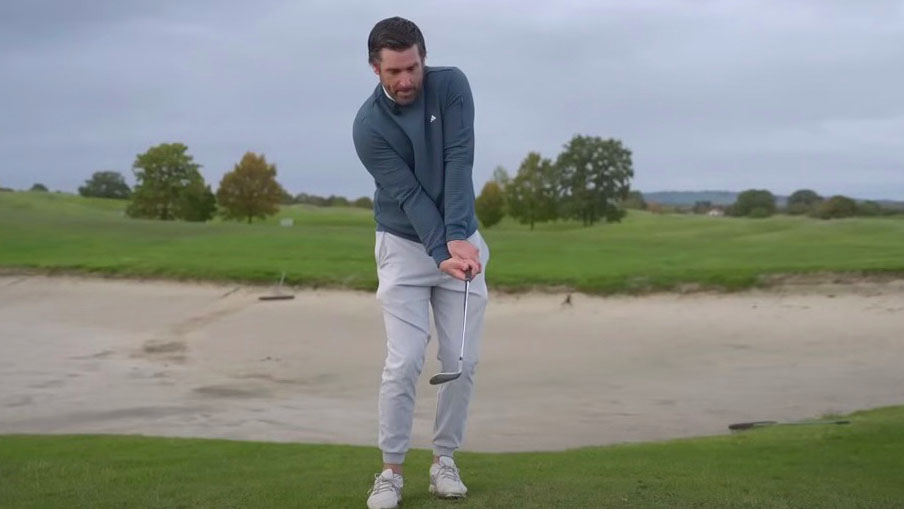
From here, maintain a relatively light grip pressure as we want the clubhead to release freely with no forward shaft lean, and swing confidently at the ball. You need to be fairly aggressive as the open face will take distance off the shot.
40 yard bunker shot
One of the most awkward shots in the game, the mid range bunker shot can strike terror into even the most steely nerved golfer. This doesn’t have to be the case however with some smart shot selection.
Commonly, golfers try and attack this shot with their lob or sand wedge and try to hit much less behind the ball than usual or even pick it cleanly. Now this isn’t necessarily the wrong play, it is just quite a high tariff shot requiring exceptional precision of strike to get right.
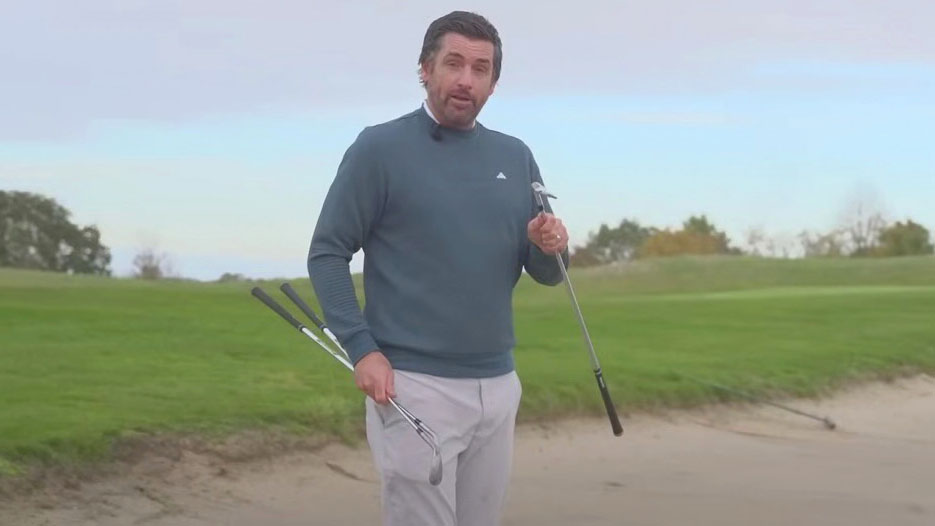
Try a pitching wedge or even a 9 iron for mid-range bunker shots
I like to build in a little more margin for error and play it slightly differently, instead reaching for my pitching wedge or even 9 iron. I then play the shot exactly as I would a standard 20 yard splash shot, trusting that the additional length of shaft and less loft will propel the ball the required distance. I find that eliminating technique variables here improves my consistency and increases my margin for error. Give it a try.
Buried in greenside rough
Always a frustrating result when having only just missed a green, but I have a couple of methods to cope with a buried ball greenside.
In my first method, I like to try and bypass a lot of the thick grass behind the ball by increasing my attack angle. If you come in too shallow, you will get that thick rough stuck between your clubface and ball and lose all the energy of strike. To increase that attack angle, move your weight forward, positioning your sternum in front of the golf ball and lean the shaft slightly towards target to engage the leading edge to cut through the rough.
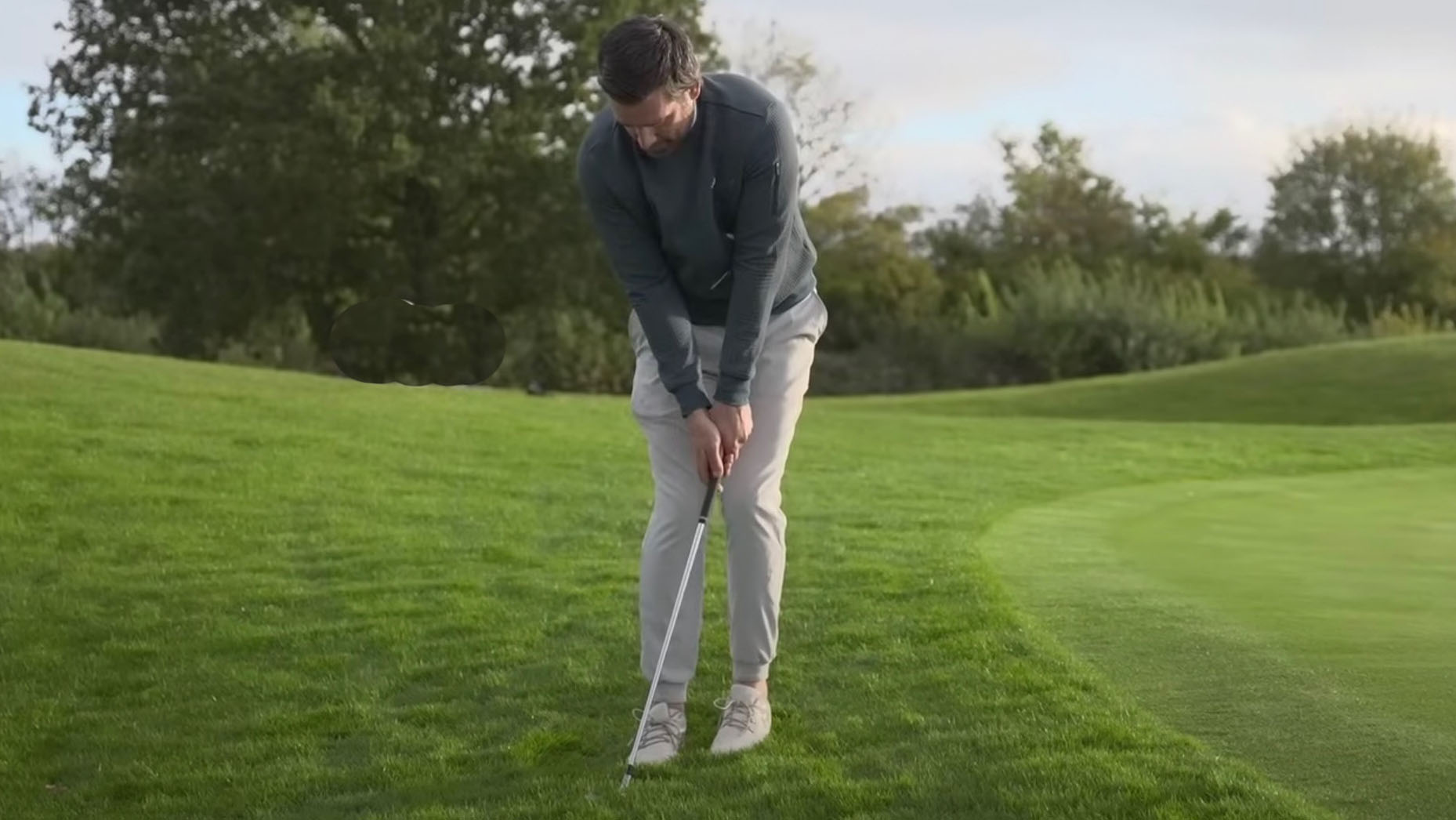
Create some forward shaft lean and favour the lead foot with your weight
Then simply pick the club a little steeper than normal in the backswing and just feel as though you drop it down into the back of the ball. The key here is eliminating as much grass between club and ball as possible.
If you require more height, then you may want to implement more of an explosion shot. This is essentially just a bunker shot with grass. Open the blade up and with a more aggressive swing, try to impact the grass an inch or so behind the ball using the rough to cushion the strike (much like the sand would in a bunker), and the ball will pop out higher than in method one. Practice both of these shots to have multiple tools in your arsenal.
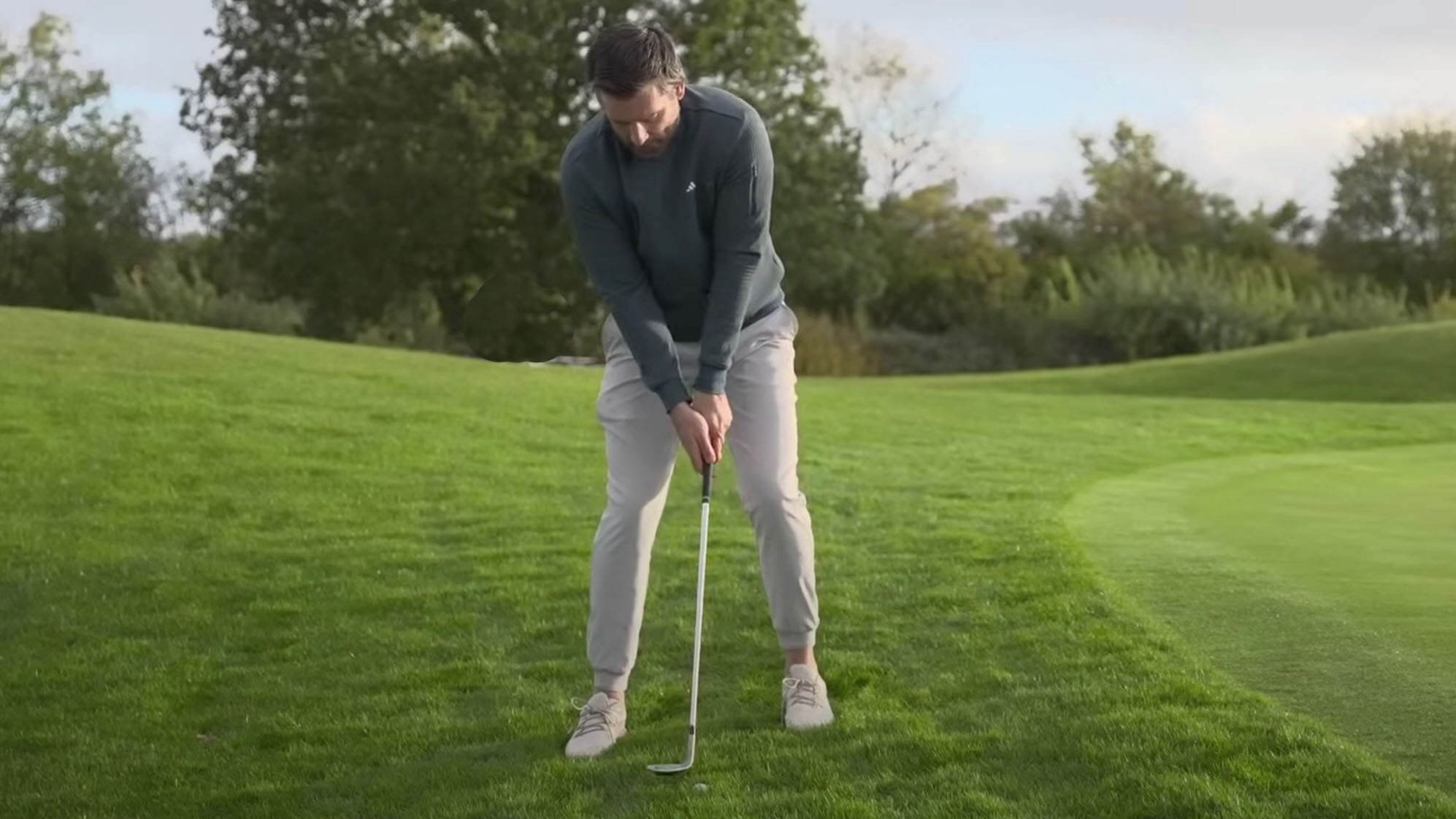
Open the face wide if attempting the explosion shot
Up against the collar
Always annoying this one! You’ve basically hit the green and you find yourself up against the collar of rough between the fringe and the first cut. Fortunately there are a few methods to get out of this sticky situation.
First up, try the belly wedge. Essentially this is a deliberate thin shot. Grab your lob wedge, and with your putting grip and stance, hover the leading edge at the equator of the golf ball. Simply rock your shoulders back and forth impacting the leading edge right in the middle of the ball and it should run out just like a putt.

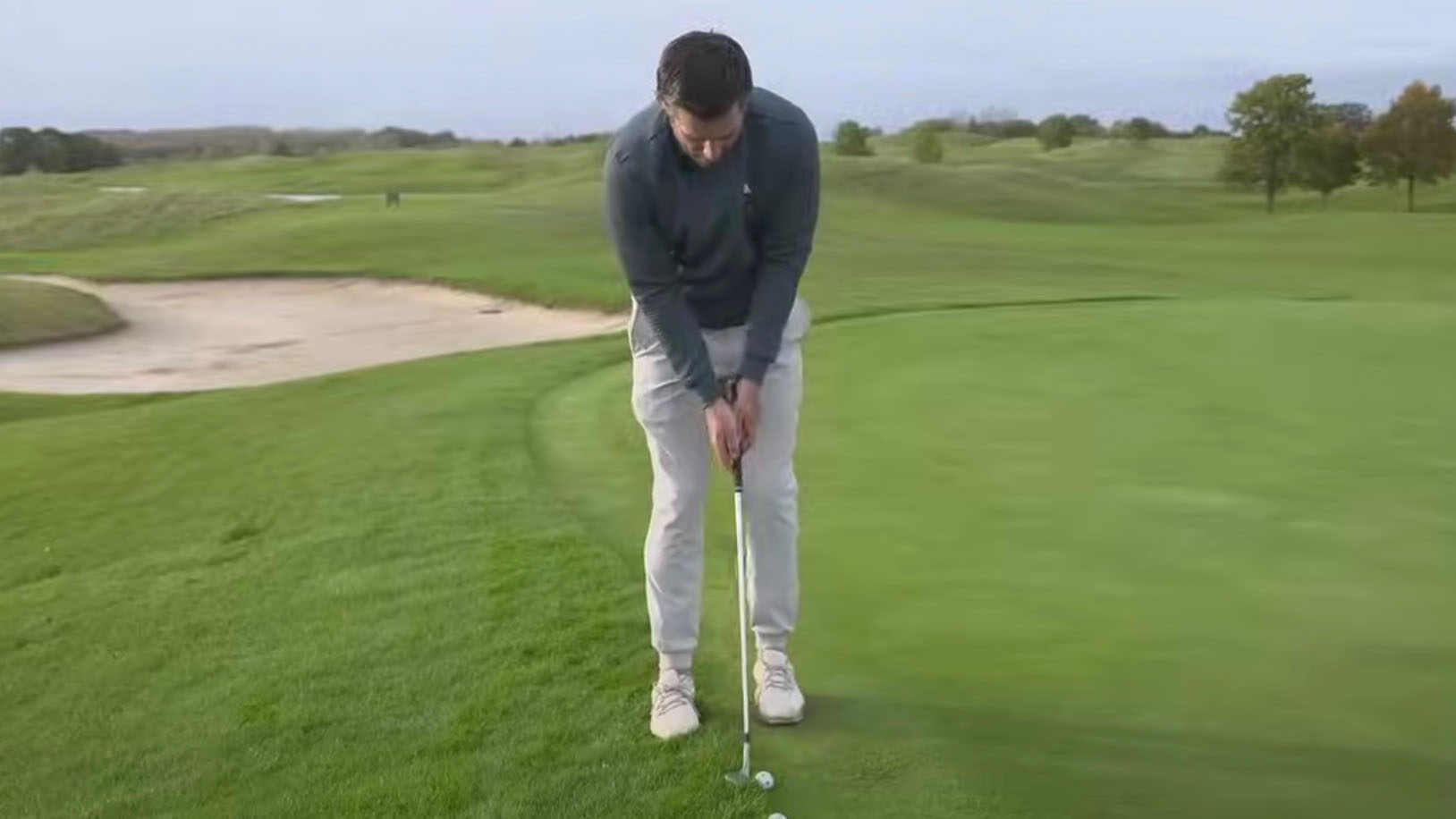
Another option to use in this scenario is a fairway wood or even a hybrid. Again, using your putting grip and stance, simply bump your fairway wood or hybrid into the back of the ball and the wider sole of these clubs will help them glide through the thicker grass. Again the ball will roll out like a putt, but be careful as there is usually a little more energy off the face than with the belly wedge so factor that in.

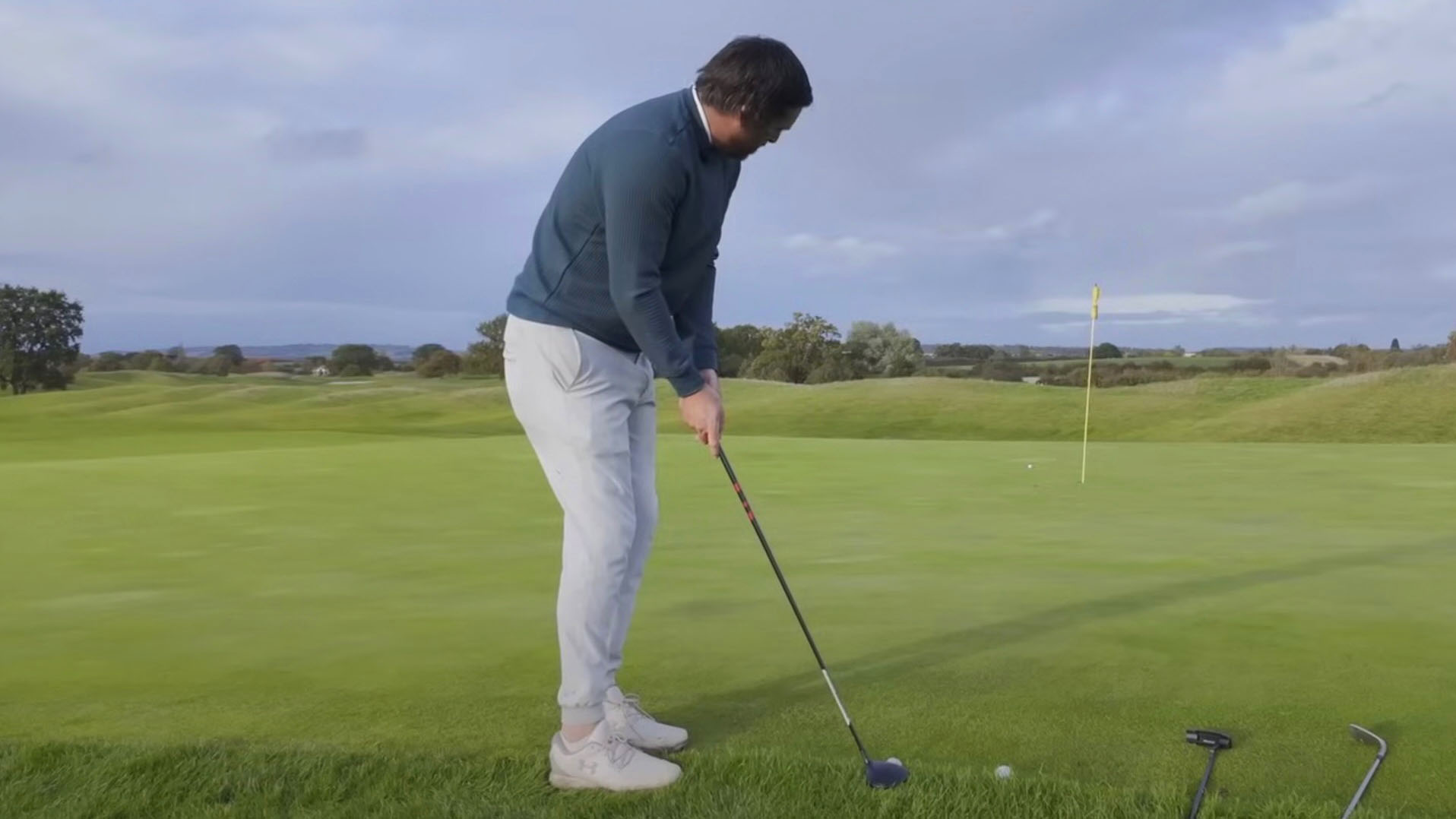
Finally, a slightly more extravagant option is the toed in putter! Instead of holding your putter in it’s normal orientation, turn it through 90 degrees so that the toe of the putter is facing the ball. This presets a descending blow into to ball due to the angles created and bypass’s the thick collar of rough. Ensure your putter is compatible with this shot before attempting however! It will need a relatively flat toe section like a Ping Anser style putter otherwise you might see some strange launch directions!
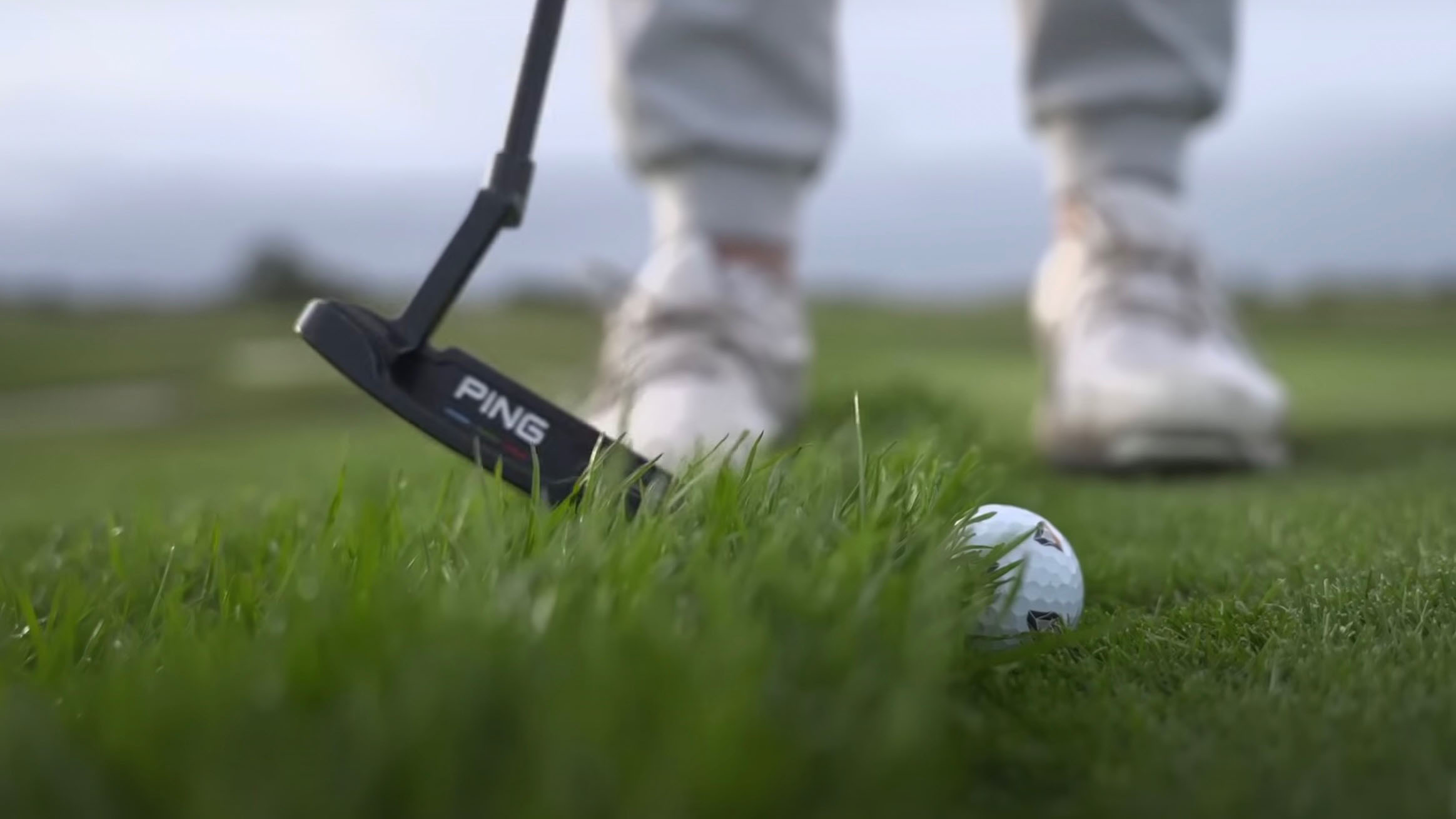
Toeing the putter in builds in the required attack angle and avoids the tangly rough

Joe has worked in the golf industry for nearly 20 years in a variety of roles. After a successful amateur career being involved in England squads at every age group, Joe completed his PGA degree qualification in 2014 as one of the top ten graduates in his training year and subsequently went on to become Head PGA Professional at Ryder Cup venue The Celtic Manor Resort. Equipment has always been a huge passion of Joe’s, and during his time at Celtic Manor, he headed up the National Fitting Centres for both Titleist and Taylormade. He’s excited to bring his knowledge of hardware to Golf Monthly in the form of equipment reviews and buying advice.
Joe lives in North Devon and still plays sporadically on the PGA West region circuit. His best round in recent years came earlier in 2023 where he managed a 9 under par 63 at Trevose GC in a Devon & Cornwall PGA Tournament.
Joe's current What's In The Bag?
Driver: Switch between TaylorMade Qi35 and Callaway Elyte TD - both with Fujikura Ventus Black 6-X
Fairway wood 1: TaylorMade BRNR Copper Mini Driver - Fujikura Ventus Black 7-X
Fairway wood 2: Callaway Apex UW 17˚- Fujikura Ventus Black 9-X
Irons: TaylorMade P7CB 3-PW with Dynamic Gold Tour Issue X100 shafts
Wedges: Callaway Opus 50, 54, and 60 degrees - Project X LS 6.0 shafts
Putter: LAB Golf Oz.1 (zero shaft lean)
Ball: TaylorMade 2024 TP5x
Grips: Golf Pride Tour Velvet 60R
Bag: Vessel Player IV Pro DXR Stand